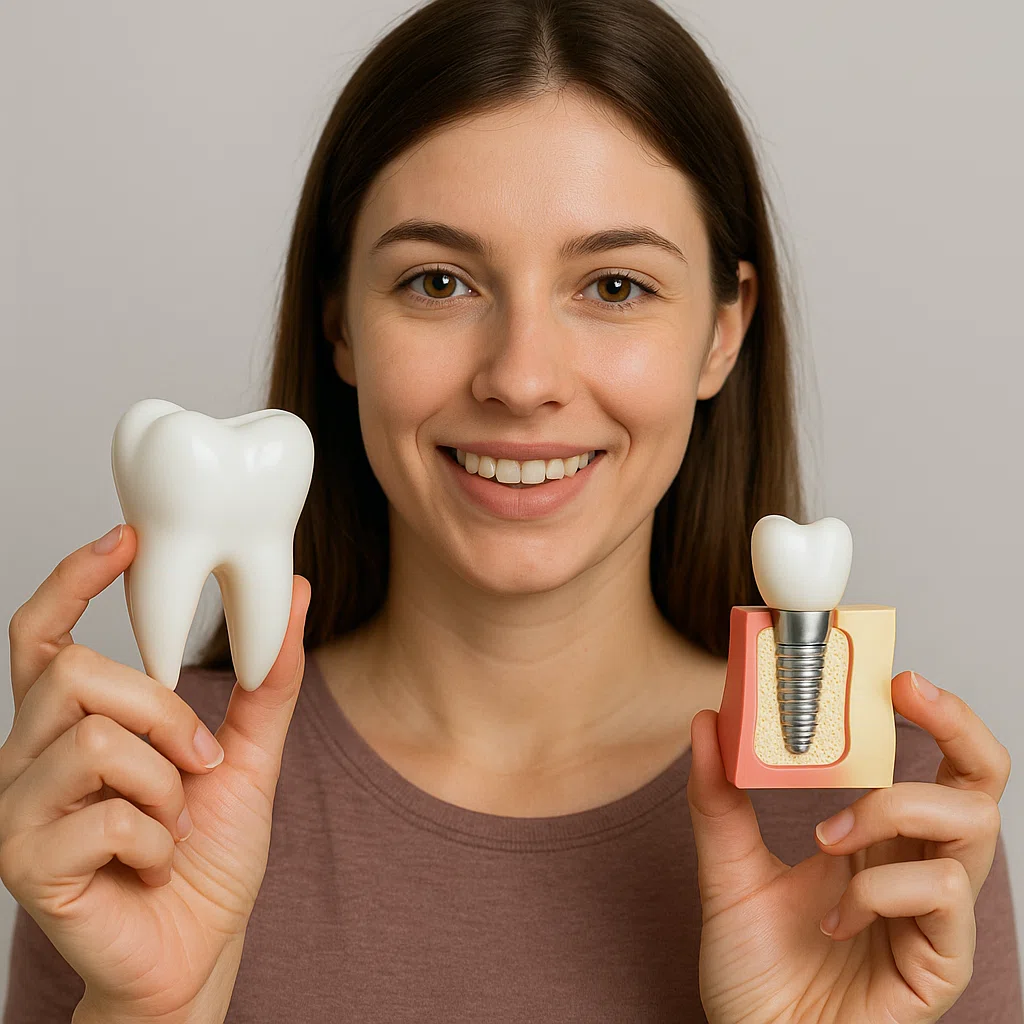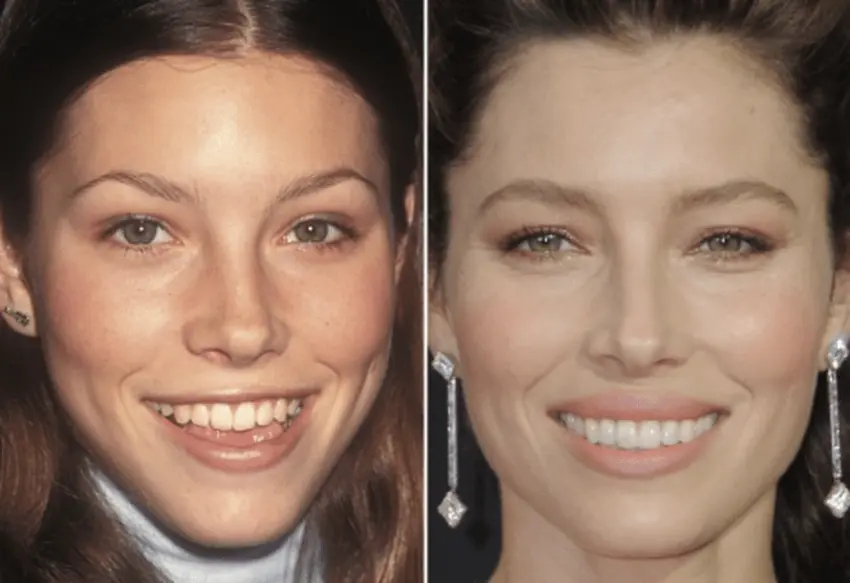🦷 How Do Teeth Look Before and After Braces?
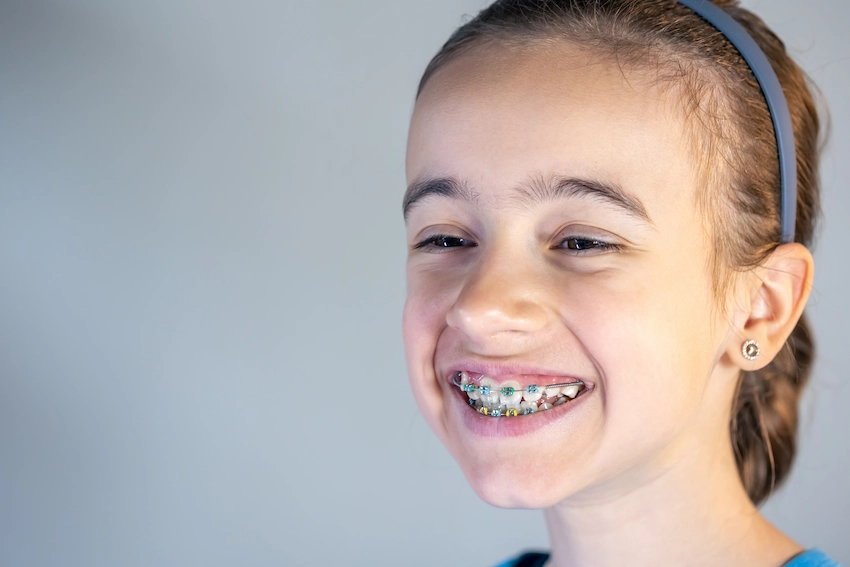
How Do Teeth Look Before and After Braces?
Braces are among the best ways to resolve tooth misalignment and create a beautiful, confident smile. This problem can include crooked teeth, crowded teeth, bite issues, or any other problems. Braces help make your teeth straight, and overall, your dental health is improved as well. If you are going to get braces, you are probably wondering about the changes that will happen to your teeth before and after the end of the treatment. Will they look different after a few months? How much progress will be seen and at what time?
This post will discuss the step-by-step process of teeth alignment, introduce you to possible complications, and also focus on non-natural teeth that are sometimes better than natural ones. On occasion, dental veneers, implants, and the Hollywood Smile are more appropriate than the present teeth for enhancing your appearance. Let’s get down to the topic and have a closer look at what you should expect to happen if you are going through the process of getting braces.
When Do Braces Start Straightening Teeth?
Braces use gentle and slow pressure to move teeth into the right position to get the teeth straight. As soon as your braces are fixed, they will start working to bring about the desired alteration. Within the first few months, the braces will start to make your teeth more flexible, thus, they will move and align properly.
After 3 to 6 months of the start of the process, visible changes become apparent – this is usually the period when severe dental problems like overcrowding or crooked teeth start to improve. Perhaps some of the changes might be seen earlier than expected, say, during the first two or three months of wearing braces. In the case of those with more complicated problems, such as an overbite or underbite, the process may be lengthened.
Normally, it can usually take from 1 to 3 years for braces to complete the teeth straightening process. The time length is affected by less or greater severity of misalignment as well as your compliance with your orthodontist’s orders. However, the removal of braces ensures that your teeth (with appropriate maintenance) will remain straight forever, and it is beneficial to have to wait.
Should Wisdom Teeth Be Removed Before Braces?

The wisdom teeth can cause complications if they are not removed first before the braces treatment, especially when they are impacted or there is insufficient space for them as your teeth reposition. In most cases, your dentist or orthodontist recommends getting your wisdom teeth extracted at the time you start braces. By taking out wisdom teeth, you are enabling the rest of your teeth to move around better, and you are also reducing the risk of further complications during treatment.
On the contrary, not every person needs to go through wisdom teeth extraction prior to braces. If your wisdom teeth are still intact, wholly broken through the gum, and are not causing any hindrance to your treatment, your dentist can opt to leave them. Let your dentist examine your mouth so that they can accurately diagnose your oral situation and advise accordingly.
Before commencing the treatment of your braces, it is necessary to have a conversation with the orthodontist to find out the best method of treatment and whether the removal of your wisdom teeth is required.
How Long Does It Hurt After Adjusting Braces?
It is very normal to feel some pain even after you put on your braces or when the braces are tightened. New or just adjusted braces can cause soreness to your teeth and gums because the pressure will be present during the treatment process. Generally, the soreness might persist for 1-3 days after the initial fitting of the braces or after every adjustment.
You may experience a dull ache or pressure-like pain in your teeth and the surrounding area. But then again, the soreness is something that you can easily, gradually get rid of as your teeth become accustomed to the new state of having braces. Pain relievers such as ibuprofen, which are easily accessible, can assist in all types of discomfort, which might occur after putting on braces, and it is during the first three days. Moreover, you should have a temporary diet of soft foods like apple sauce, mashed potatoes, and yoghurt as these foods minimize irritation to your teeth and the gum tissue.
We must not forget that pain is in no way permanent, and it is an indicator of your braces successfully correcting your teeth. The aching is likely to lessen in a few days, and you can continue with your daily functions without any bother.
How to Clean Braces?
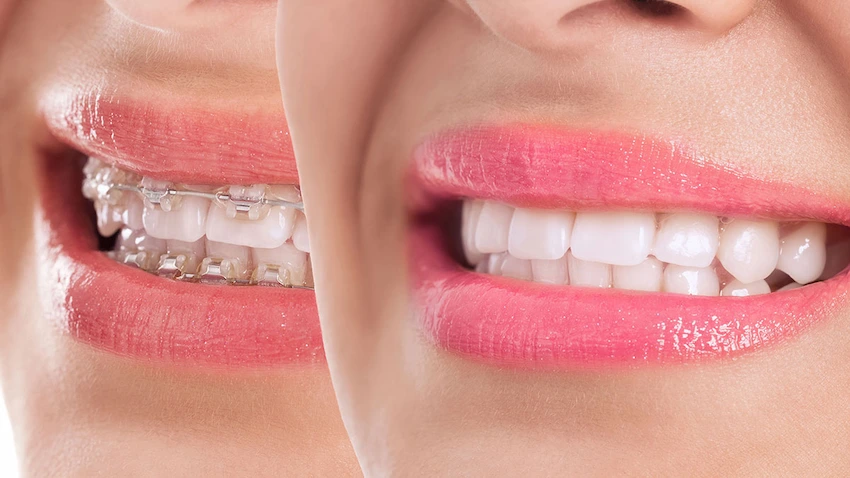
Oral cleanliness is a factor in the wearers of braces, not only because they need it for their oral hygiene, but also because it is a success factor of the treatment. Particles of food can get caught between the wires and brackets, causing plaque to form, bad breath, and even tooth decay. It is more complicated to clean braces than regular teeth, but with the correct means and methods, it will be possible to have a fresh and clean mouth throughout the time of the treatment.
Take the first step of brushing your teeth every time after a meal, by dint of a fluoride toothpaste and a soft-bristled toothbrush. Be sure that there is no food around the brackets and wires, since that is the main catchment area. You might as well decide to buy a small interdental brush that will help you fit into the teeny spaces between the brackets.
The process of flossing is an integral part of the procedure of cleaning your braces. As you soon realize that a regular floss cannot traverse around the wire, you may attempt to use special orthodontic floss or a floss threader to continue with cleaning these areas. A water flosser can also prove beneficial as it can irrigate off those remains of food particles and plaque.
Increase in the freshness of your breath and a decrease in the density of bacteria are some of the multiple positive aspects of using mouthwash. Always remember the mouthwash as only a substitute for the brush; the main cleaning agents are the toothpaste and the floss. Oral hygiene is not only the basis for healthy teeth, but it will also accelerate the repositioning of teeth.
Are Removable Braces Convenient?
Invisalign, as a type of removable braces, is fundamentally another option and is the payer, i.e., the person, who chooses it, as opposed to the traditional ones. Those who opt for such retainers can get them out at any point in time, be it within the context of eating food, brushing teeth, or flossing. This leeway is a matter of convenience to everybody, and as such, may contribute to the decrease of oral infections and the maintenance of straight teeth.
Invisalign aligners are virtually transparent, and thus most of the people around you will not even notice them, which is the other reason why they are so widespread among people of various ages. With this technology, you can take them out like a piece of chewing gum, but it is advisable to be fully responsible during the period that you are wearing them. You must follow the guidelines and wear them for the number of hours given by the orthodontist; otherwise, you may overuse or underuse the aligners. Wrong usage of the aligners may lengthen the treatment process.
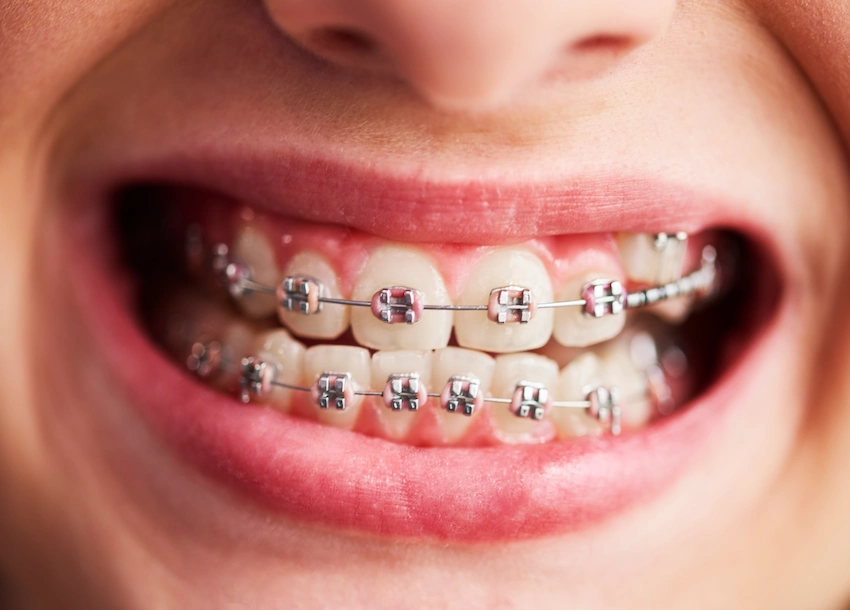
Do remember, though, that notwithstanding its tremendous growth in popularity, being unable to perform the required regularity in your treatment will lead to your aligner treatment ending prematurely.
Removable braces are, therefore, a great choice and in addition, they are very easy to use, but it is essential that the person using it has the necessary self-motivation and also need the complete support of his/her family — there is need for a combined effort by both the patient and his/her family. Consequently, these appliances can be removed without any fuss, which makes them an ideal solution if you lead an active lifestyle.
FAQ: How Do Teeth Look Before and After Braces?
You can experience pain after getting braces or after they are adjusted, and you can use over-the-counter pain relievers for pain as ibuprofen. In addition, soft foods and a warm compress on the cheeks can do a lot of good for your soreness.
Teeth that are quite severely decayed or damaged, or have a loss of bone structure, might not be the ones for the use of braces. Dental implants or different types of therapies can be applied in such circumstances to reinstate the teeth.
Braces can be a source of very slight discomfort, especially when the new braces are fitted or at the time of adjustment. Pain is but a temporary feeling that often fades away in a few days.
Braces may lead to very slight speech alteration during the first few days of usage, especially if you have a large set of braces or a speaking problem. Nevertheless, with time, your speech will get used to the braces again and will be as before.
Patients will mostly not notice any change in the shape of their lips during the treatment period. In some instances, people might notice a slight fullness in the lips as the migrated teeth adjust back to their normal position.

